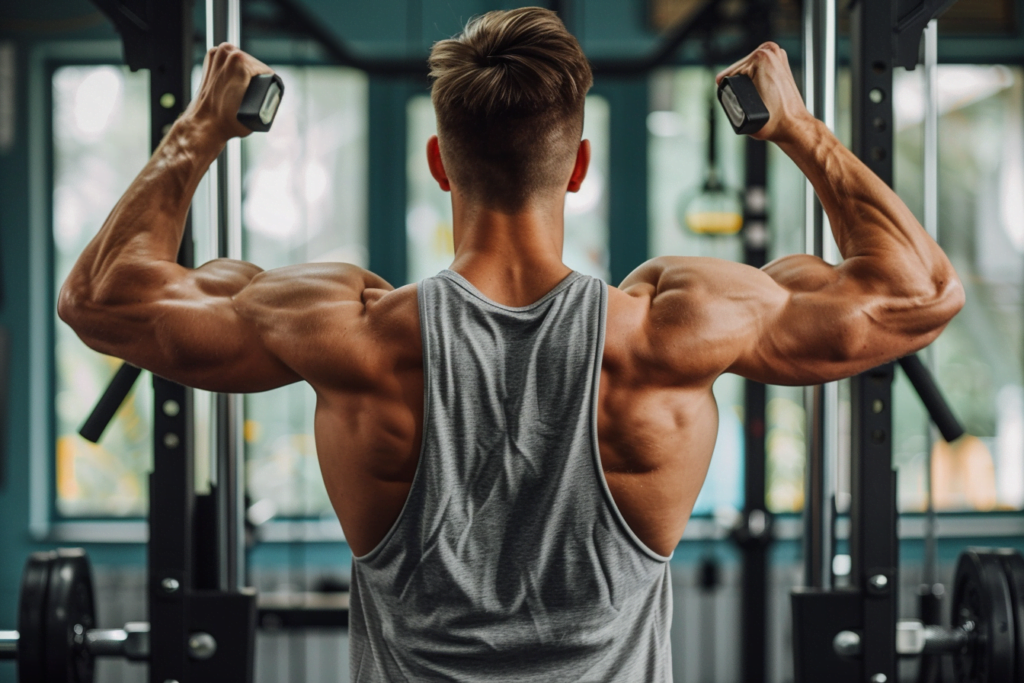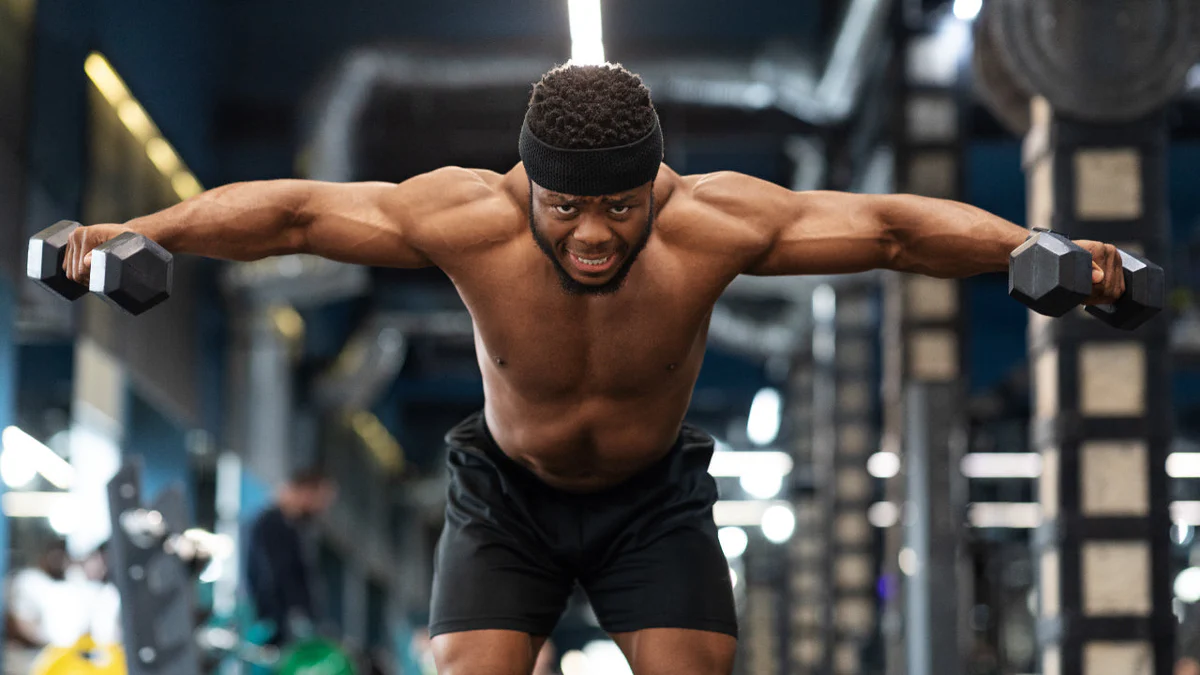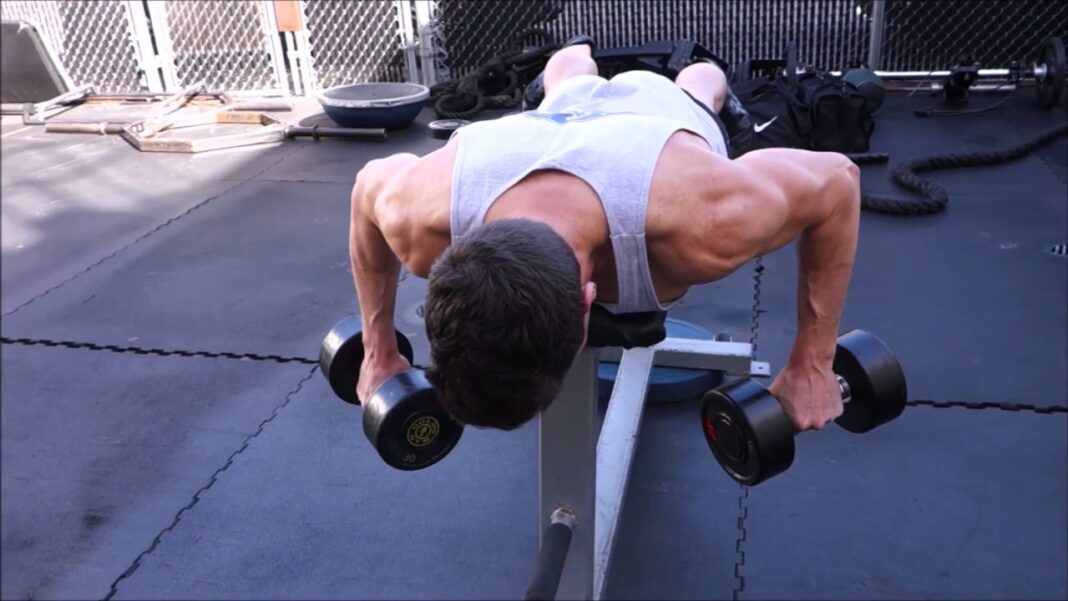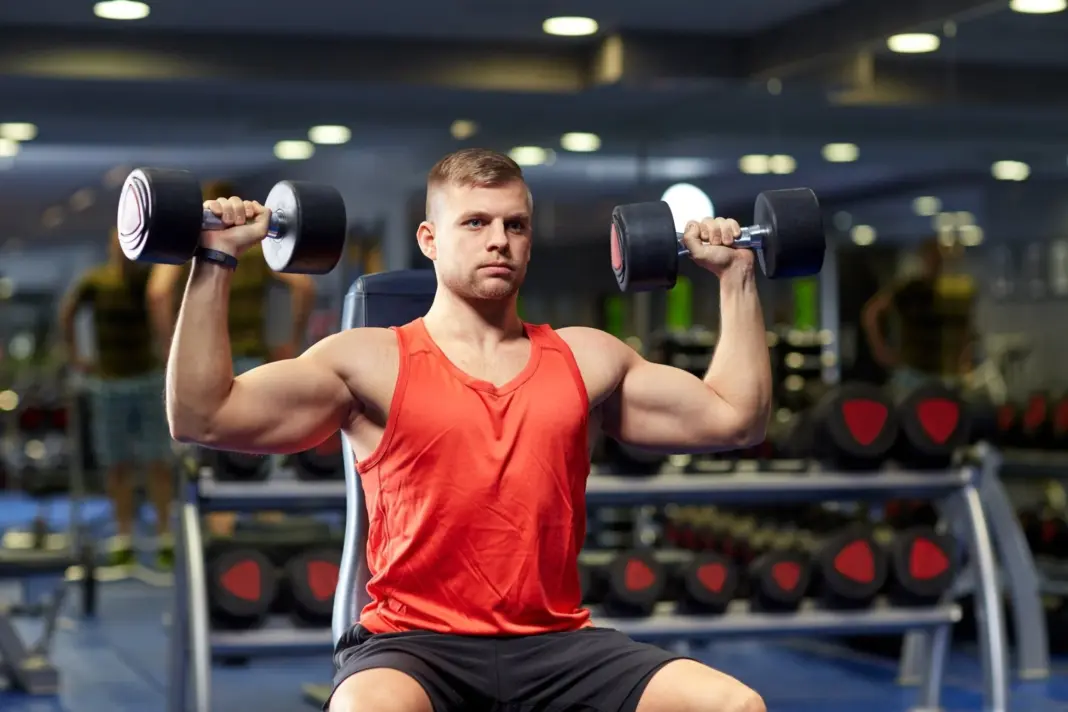Rear Delt Compounds vs Isolation: Which Builds More Size?
When it comes to sculpting a 3D physique, the rear delts (posterior deltoids) are often the missing piece. Most lifters hammer chest, front delts, and arms, but forget that the rear delts are what give the shoulders that full, rounded, three-dimensional look.
The big debate in bodybuilding circles is always the same:
- Should you build your rear delts primarily with compound lifts that hit multiple muscles at once?
- Or should you focus on isolation movements that target the rear delts directly?
After years of chasing lagging delts and countless hours under the bar, I can tell you this: you need both — but for different reasons.
Compounds give you strength, density, and overall pulling power. Isolations give you precision, shape, and hypertrophy stimulus that compounds can’t fully deliver.
This article breaks down everything you need to know about compounds vs isolations for rear delt growth — why they’re hard to build, how each type of training works, and how to program them together for maximum results.

Why Rear Delts Are Hard to Grow
The rear delts are one of the most neglected muscle groups in bodybuilding for several reasons:
- They’re small compared to front and side delts.
Because they’re a smaller head of the deltoid, they fatigue quickly and don’t dominate big lifts the way the front delts do during pressing. - They don’t get much work from pressing.
Bench press, overhead press, and dips heavily overload the front delts and chest, leaving the rear delts under-stimulated. - Overactive lats and traps often take over.
During rows and pulls, your bigger back muscles steal the load, and your rear delts end up being passengers rather than drivers. - They’re “out of sight, out of mind.”
You don’t see them in the mirror like your chest or biceps, so many lifters skip or under-train them until it’s obvious they’re lagging.
The solution? Balance your program with both compound and isolation rear delt work so they grow in strength and size without getting overshadowed by bigger muscle groups.
Rear Delt Compound Exercises
Compounds are multi-joint movements that recruit multiple muscle groups. They don’t isolate the rear delts, but they load them indirectly — often with heavier weight than isolation lifts can provide.
Best Compound Rear Delt Movements
- Barbell Row (Wide Grip)
- When elbows flare out to the sides, the rear delts fire harder.
- Great for strength and density across the entire upper back.
- Pull-Ups / Chin-Ups (Neutral Grip)
- Rear delts assist in stabilizing during vertical pulls.
- Over time, stronger rear delts help keep shoulder mechanics healthy.
- Face Pull (Compound/Isolation Hybrid)
- One of the best rear delt builders.
- Hits rear delts, traps, and external rotators.
- Arnold Press (Reverse Phase)
- During the rotation, the rear delts contribute to shoulder stabilization and control.
- Pendlay Row
- Explosive row from the floor. Rear delts act as stabilizers during the pull.
Programming Guidelines:
- Rep range: 6–12 (moderate to heavy loads).
- Focus on controlling elbow path to avoid letting lats dominate.
- Best used as foundation lifts to build overall pulling strength.
Why Use Them:
- They build raw strength, density, and muscle synergy.
- They load the posterior chain and prime the rear delts for hypertrophy.
Rear Delt Isolation Exercises
Isolations are single-joint movements where the rear delts are the primary mover. They’re essential for hypertrophy, detail, and balanced shoulder development.
Best Isolation Rear Delt Movements
- Incline Rear Delt Fly (Dumbbell or Cable)
- Eliminates momentum.
- Great for controlled, high-rep work.
- Reverse Pec Deck Machine
- Locked-in path keeps tension squarely on the rear delts.
- Perfect for failure sets and pump work.
- Seated Rear Delt Raise (Dumbbells)
- Old-school bodybuilding staple.
- Great for strict form and mind-muscle connection.
- Rear Delt Cable Cross
- Constant tension from cables.
- Adjustable angles allow you to match your shoulder mechanics.
- Power Partials (Burnout)
- Slightly shortened ROM with heavy weights.
- Massive pump and overload finisher.
Programming Guidelines:
- Rep range: 12–20+ (moderate weights, strict form).
- Focus on slow tempo and time under tension.
- Perfect for volume accumulation without frying the nervous system.
Why Use Them:
- Direct hypertrophy stimulus.
- Ensures rear delts can’t “hide” behind lats or traps.
- Best way to bring up lagging delts and improve symmetry.
The Case for Compounds
- Efficiency: Train multiple muscles in one move.
- Strength Carryover: Improves rows, pulls, and presses.
- Foundation Building: Without heavy compounds, isolations lack context and overall load tolerance.
The Limitation: Compounds rarely maximize rear delt hypertrophy because stronger muscles (like lats, rhomboids, and traps) take over.
The Case for Isolation
- Precision: Targets the rear delts directly.
- Hypertrophy Specific: Best for sparking growth in stubborn delts.
- Symmetry: Balances out anterior-heavy physiques.
The Limitation: Isolations can’t match compound loading. They won’t build overall density or strength by themselves.
Best Strategy: Combine Compounds + Isolation
Think of your training like a meal:
- Compounds are the meat — they’re the foundation.
- Isolations are the seasoning — they bring out the shape, detail, and growth.
The most effective rear delt programs combine both approaches strategically.
Example Rear Delt Growth Session
- Wide-Grip Barbell Row – 4×8
- Pull-Ups (Neutral Grip) – 3×AMRAP
- Incline Rear Delt Fly – 3×15
- Reverse Pec Deck – 3×12
- Power Partials – 2×20
Why this works:
- Compounds build density and load tolerance.
- Isolations bring hypertrophy and shape.
- Finisher overloads the rear delts with metabolic stress.
Weekly Programming Strategy
- 2 compound-heavy sessions (pull day, back day, or push/pull split).
- 1 isolation-focused session (shoulder or accessory day).
This approach ensures:
- Strength + hypertrophy synergy.
- Enough weekly volume (10–15 sets total).
- Balanced development without overtraining.
Training Strategies by Experience Level
Beginners
- Start simple: 1–2 compounds (rows/pulls) + 1 isolation (rear delt fly).
- Focus on form, elbow path, and learning to feel the rear delts.
- 6–8 weekly sets is enough.
Intermediate Lifters
- Add 2–3 isolations per week.
- Balance heavy compounds (rows, pull-ups) with pump work (pec deck, cables).
- Aim for 10–12 weekly sets.
Advanced Bodybuilders
- Prioritize lagging delts early in sessions.
- Use intensity techniques: drop sets, partials, supersets.
- Push volume to 12–15+ sets weekly.
- Rotate between dumbbells, cables, and machines for variety and complete development.
Practical Takeaways
- Compounds build density. Rows, pulls, and presses give rear delts load and strength.
- Isolations build shape. Flys, pec deck, and cable work maximize hypertrophy.
- If rear delts lag: Bias 60% isolations, 40% compounds.
- Progress both sides: Add weight on rows and pulls, chase pump and volume on isolations.
- Mind your form: Don’t let traps or lats steal the tension—lead with elbows.
Conclusion
The rear delts are often the missing link between wide shoulders and truly 3D delts. If you’re serious about bodybuilding, you can’t rely on compounds alone — your lats and traps will dominate.
But you also can’t live on isolations alone — without heavy compounds, your delts will lack density and strength.
The answer is a hybrid strategy:
- Build your foundation with heavy compound pulls.
- Refine and maximize growth with strict isolation work.
- Progress both over time, and your rear delts will finally catch up to your chest, arms, and front delts.
Train them with the same intent as your mirror muscles, and you’ll transform not just your shoulders, but your entire physique.




